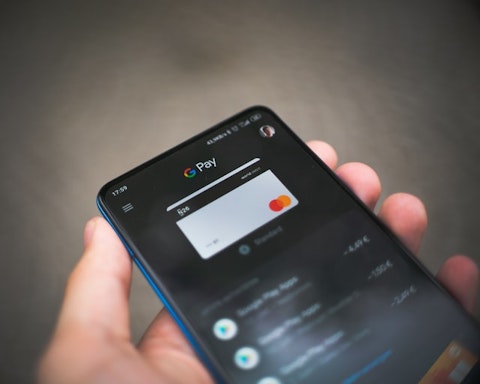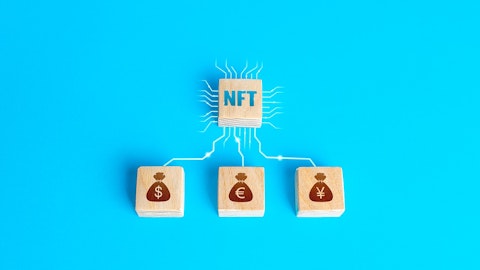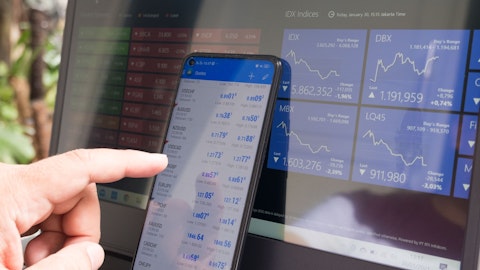For almost every business in the world, the main aim is to make money. Profit, however it comes, is the key factor in deciding whether a business is successful or not. Although there are other metrics to determine a business’s success, turnover, gross, and net profit tend to be the biggest markers.
One of the main ways businesses receive and make money is by processing card transactions. Often, this happens on-site, with card terminals placed in the business premises. This could be true for retail, hospitality, leisure, and many other businesses.
However, nowadays, many companies do a lot of their transactions remotely, that is online or over the phone. In this article, you will learn an overview of what remote payments are, how they work, and how they differ from in-store payments. If your business is looking to take remote payments and you’ve never done so before, read on to find out more.

Why Take Remote Payments
As the world moves to more and more technologically-based business practices, remote payments have jumped up to being more common than in-store payments. This is due to the incredible rise in technology. Smartphones and the internet have made it possible to buy things with a simple tap of the thumb or click of a button.
Online retail overtook regular retail in 2020, partially due to the coronavirus pandemic. That year, over 63% of all transactions took place online and though you may expect to see that percentage come down a little as stores reopen, online retail is certainly here to stay – and likely to dominate. So, no matter what your business, it’s almost certainly worth branching out into online sales to boost your income.
Who Is Involved?
In general, transactions involve the same people, whether online or in person. Plus, the steps involved in processing cards remain roughly the same. The same banks, merchants, and people are involved, but with one extra party – the website or server. Aside from the web host or service provider, when making a transaction, you’ll interact with a cardholder, a merchant – that’s you, the merchant’s bank, the issuing bank, payment processing service, and the card company.
Each of these people or companies plays a role in the transaction. Some of them make money from your remote payment, some don’t. In the steps below, you will find more detail on how much it costs and who is involved at what point in the processing.

First, Authorization
The first stage of this payment process is called authorization. So, imagine a customer has logged onto your new website and wants to buy a product. They’ll fill their basket, give you their postal details, then reach the payment screen. At this stage, they’ll enter all the required card details, which include card number, expiry, security code, and zip code.
Your website will then safely send these details to a payment processing service. This may be tied to your website or be another external company. Whichever way, it’s likely that the payment processor will take a fee for doing this role. This could be between 0.5 and 3% depending on the deal you have with the provider.
The details you send the processor are encrypted, to protect the customer’s identity and information. The payment processing service then sends the details again, this time to the card provider’s network, i.e. VISA or Mastercard. It is at this stage they authorize the payment to take place. Remember, all of these transactions of data are protected, encrypted, and often insured by the providers at each step of the process.
Then, Authentication
At this point, the transaction moves into the authentication stage. Once the card provider has read the data, it determines which bank holds the customer’s funds. It will then begin the communication process with that bank, e.g. Wells Fargo.
The bank then proceeds to perform its own checks on the transaction. This is an important stage, as it is all designed to ensure there is no fraud taking place on the client’s account. The bank checks the card number, makes sure there is nothing flagged as suspicious on the account, authenticates that the provided information is accurate, and finally checks if there are enough funds in the customer’s account or overdraft.
If all is well, the bank generates an approval code. This code then flies back down the system, through all previously mentioned steps, until it reaches your website. Your store then knows that the payment has been authenticated.
Settlement Time
So, the client has enough money, the bank says everything is authenticated, and VISA has authorized the use of their payment network. Time to settle up funds. Usually, this is not immediate. In fact, in most cases, the customer’s bank will set this money aside and call it a ‘pending’ transaction.
At the end of their working day, all their pending transactions are sent out, meaning they will reach your payment provider sometime within 24 hours after authentication has taken place. Then, depending on the schedule set with your store or payment provider, the money is deposited into your merchant bank account, and hey presto! You have completed a transaction.
How Much Will it Cost?
Throughout this process, every business wants to benefit. The card issuer will charge a percentage, as will the payment provider. Each of these will likely sit in the region of 1-2%, meaning you may lose an overall 2-5% of a transaction to fees. Alongside this, there may be fees for using a 3rd party web developer to host and maintain your store. Though this may sound like a large amount, the benefits of selling online far outweigh the costs. If you’re not part of that 62% that is purchased online, you’re missing out on a huge chunk of the market.
These are the steps that every transaction will take, whether through a web store, through an app, or on any other online platform. Understanding how it works will give you a better picture of how much you will pay in fees and who is involved in the data shared. Make sure you use a reputable online platform to sell things to ensure no customer data is ever lost.





